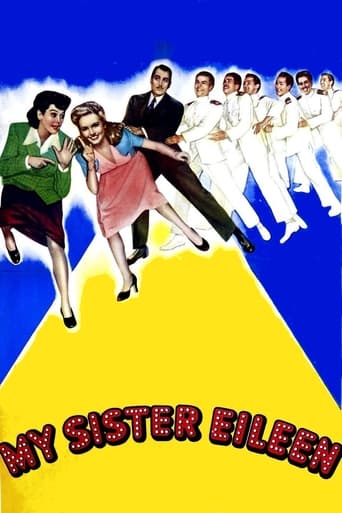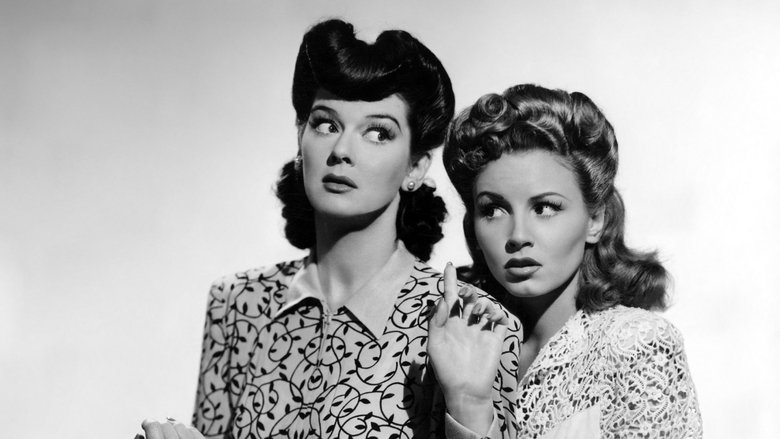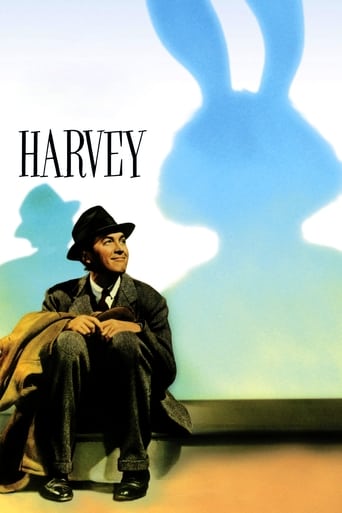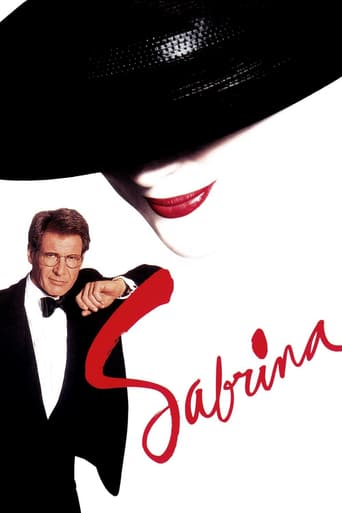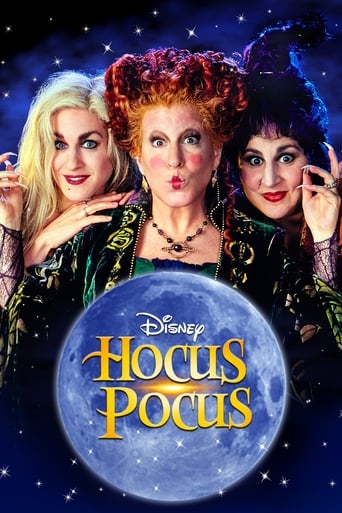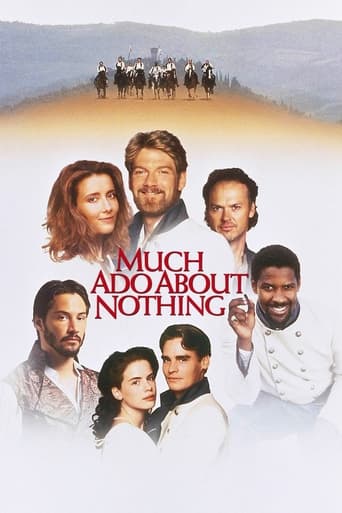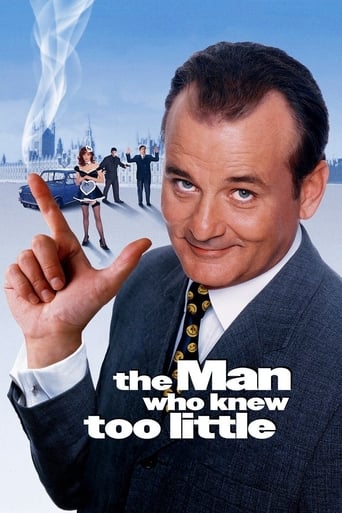My Sister Eileen (1942)
Sisters Ruth and Eileen Sherwood move from Ohio to New York in the hopes of building their careers. Ruth wants to get a job as a writer, while Eileen hopes to succeed on the stage. The two end up living in a dismal basement apartment in Greenwich Village, where a parade of odd characters are constantly breezing in and out. The women also meet up with magazine editor Bob Baker, who takes a personal interest in helping both with their career plans.
Watch Trailer
Free Trial Channels
Cast


Similar titles
Reviews
This movie is the proof that the world is becoming a sick and dumb place
Great Film overall
The movie's not perfect, but it sticks the landing of its message. It was engaging - thrilling at times - and I personally thought it was a great time.
I think this is a new genre that they're all sort of working their way through it and haven't got all the kinks worked out yet but it's a genre that works for me.
Rosalind Russell and Janet Blair are the Sherwood sisters, who come to New York City to seek their fortune in "My Sister Eileen," a 1942 film directed by Alexander Hall. "My Sister Eileen" was originally a novel by Ruth McKinney that was made into a Broadway play by George S. Kaufman and starring Shirley Booth, later a Broadway musical (also starring Rosalind Russell) called "Wonderful Town," and then a different musical film, again called "My Sister Eileen." Finally, it was a TV series. I guess Broadway and Hollywood got some mileage out of the novel.The story concerns two sisters from Ohio who wind up living in Greenwich Village on Barrow Street. Ruth needed to leave Ohio; her rave review of her sister Eileen's performance in "A Doll's House" was published, but Eileen didn't play the role that night. The apartment has a few problems, one of which is the nearby subway, another is people who talk to them through the drapeless basement window, and another is the people that either follow the pretty, vivacious Eileen or whom she brings home. Finally, it looks as if Ruth gets a break when the editor of the Manhattaner, Bob Baker (Brian Aherne), likes her writing.This is a really sweet comedy, and having lived in the Village for 30 years, I always enjoy a film that's set there. The best scene is the conga line with the sailors, in an attempt to get them out of the apartment.Rosalind Russell's wonderful comedic skills and dry delivery work beautifully here, and when she appeared in the same role in "Wonderful Town," her reviews were sensational, and she won the 1953 Tony award. Once the '40s hit, she played smart, independent women; in the '30s, she did everything, including a few Garbo-esque turns. As the innocent man magnet Eileen, Janet Blair is very good, though I admit to liking Janet Leigh in the musical version better. Richard Quine repeats his Broadway role here, and he later directed the 1955 musical film. George Tobias is the girls' conniving landlord.Fun movie, set in a time when you could get an apartment in New York City for $35-40 a month!
It's hard to watch this without comparing it to the 1955 musical directed by Richard Quine (who happens to play Frank in this version) and starring Janet Leigh, Betty Garret, Bob Fosse, and Tommy Rall. The stories are fundamentally similar -- two cheerful and ambitious sisters from Columbus, Ohio, the level-headed Ruth (here, Rosalind Russell) and the gorgeous blond Eileen (here, Janet Blair) come to New York to seek careers. They rent a preposterous basement apartment in Greenwich Village where they are constantly finagled with by a sly landlord (here, George Tobias) who is an artist manque. Their days are punctuated by occasional blasts from the subway that is being built beneath the building. There are an abundance of kooky characters. Their upstairs neighbor is a dopey, unemployed football player supported by his wife. All the men fall under the spell of the would-be actress, Eileen. The less flamboyantly sugary Ruth, who is an aspiring writer, is disregarded by men until one of her editors learns to appreciate her.The story (or stories) must have great appeal. They first appeared in The New Yorker, I think. Then they were assembled into the play on which this film is based. Then there appeared the Leonard Bernstein musical, under a different name ("Wonderful Town"), then the 1955 musical. There have been several revivals.Compared to the 1955 musical version, this seems more stage bound, which is not necessarily bad. And without the musical numbers, there's more room for various gags, some funnier than others. This version is so OVERFLOWING with characters that must have seemed colorful to the folks back in Columbus, Ohio, that at times it's crowded with them, all doing and saying kooky things. A hooker or, pardon me, a young woman (June Havoc) who used to "hold séances" and "read fortunes" in the apartment drops in to leave a stack of her new business cards for any former clients who happen to stop by -- and stop, they do. The door lock is broken so people can come and go without warning. There are myriad incidents involving misunderstandings, situationally based wisecracks, mixed identities, drunks, cops, pratfalls, explosions, congas, and dogs chasing cats through the barred window of the basement.This film is amusing in its own right. It's as if the whole insane cast of "You Can't Take It With You" had been shoved into this little basement apartment. With the jokes abounding, they can't all miss.Yet, for a couple of reasons, I prefer the 1955 musical, the only other version of this story that I've seen. For one thing, the 1955 plot is less confused. Bob Fosse and Tommy Rall are both ga-ga over Eileen. (In fact, Janet Leigh looks a lot like Janet Blair.) Both Fosse and Rall get more screen time than the same two characters here -- plus, they performances have more charm. Fosse is not the ridiculous goof that his character is in this earlier version. And Tommy Rall gives a better performance as his rival, Chick Clark. Rall was nobody's idea of a great actor but he's splendid as the fast-talking, underhanded suitor. Here, Allyn Joslin seems fagged out and not particularly interested in Eileen. And that's not to mention the hilarious "Give Me a Band" number or a synapse-fusing, blistering "Competition Ballet" between Fosse and Rall. The 1955 version is also more carefully paced, less forced and frenetic. The romance angle is taken a bit more seriously. One has a chance to breathe between manic episodes.Not that this isn't very amusing, just that it was probably more so in 1942 than it might be today. We're less easily shocked. Odd characters living in Greenwich Village? Oh, yes -- much less easily shocked.
It's a circus, but you don't need an admission ticket. You can even peek in from the street and catch all the antics on your way to work. It's Ruth and Eileen's sub-level flat, and rents for only $48 a month with open grillwork onto a chaotic Greenwich Village street scene. Are these two ambitious Mid-western sisters ready for a pro-football player who sleeps over, a fast-talking landlord who paints like a Dodo bird, and a mysterious stranger who walks in and refuses to leave, Then there's the battalion of Portuguese naval cadets who mistake the flat for a dance studio. It's all part of this wacky, fast-paced take on Life in the Big City.It's all good, innocent fun of course with a tempo that seldom falters, and when things do slow, there's always an underground jolt to mix it up again. Naturally, Rosalind Russell as the caustic older sister gets all the good throw-away lines, while Janet Blair as Eileen gets all the wolf whistles. Then there's the assorted characters-- Gordon Jone's trademark good-natured galoot, George Tobias' fractured ethnic type, and Chick Chandler's silent stranger more creepy than humorous. And, of course, no urban scene of the day would be complete without the bulldog-face of Donald McBride as the ever cranky cop. Together, they turn the flat into a stopover on the way to the funny farm. I expect more than a few Mid-Westerners packed up for New York hoping to get a share of madcap city life.On a more serious note, the movie was made at a time when the "common touch" was being celebrated in popular culture. After all, it would take a combined national effort to defeat the Axis powers. So, it's not surprising that many movies celebrated the America of the "melting pot", complete with ethnic types, blue-collar characters, and frequent references to Brooklyn, the symbol of the melding.Anyway, it's still a fun movie even if some skits do strain a bit. I guess the moral is that no city is too big for the talented. And especially, for the shapely. Then too, make sure to stick around for a very last scene that could not be more inspired or appropriate.
'My Sister Eileen' is based on true incidents. Ruth and Eileen McKenney were sisters from a small town in Ohio who came to New York City: Ruth intending to become an author, Eileen hoping to be an actress. Although Ruth McKenney sold a few magazine pieces, her most successful work was her series of fictionalised articles about the misadventures of her younger sister Eileen. The stories themselves have been out of print for many years, but they provided the basis for a popular play, 'My Sister Eileen' (NOT written by Ruth McKenney), which was a long-running Broadway hit and which has remained in print ever since. Ruth McKenney ironically gained fame and wealth from a play written by two other people, based on her stories.The real Eileen McKenney ended badly. A pretty actress with more looks than talent, she married the overrated screenwriter Nathanael West and she died alongside him in West's fatal car accident.The 1942 film 'My Sister Eileen' is a faithful (and funny) version of the Broadway hit, although it bears only slight resemblance to the real-life exploits of sisters Ruth and Eileen McKenney (here renamed Sherwood). Rather unusually, this movie was made at Columbia Studios *during* the play's Broadway run. Two of the best performances here are given by actors repeating their stage roles: Gordon Jones as an obsessive football player named 'The Wreck', and Richard Quine as nice young man Frank Lippincott, who fancies Eileen.Small-town sisters Ruth and Eileen come to the big city. Ruth (Rosalind Russell) is smart, cynical, and doesn't need a man. Eileen (Janet Blair) is naive and pretty and attracts all the lads. Because the sisters haven't got much money, the only place they can afford is a basement flat in Greenwich Village, owned by a crooked landlord named Appopolous (George Tobias, not up to his usual high standard here). The flat is directly above a subway tunnel, where construction workers are blasting with dynamite: at regular intervals, the whole building shakes. Worse luck, the previous tenant was a young lady who (ahem!) rented by the hour, and so Ruth and Eileen are constantly plagued with male visitors who assume that their apartment is still, erm, open for business. Ruth and Eileen have no end of misadventures while trying to start their careers as, respectively, a journalist and an actress.BIG SPOILER STARTING NOW. The last gag in this movie is absolutely hilarious. All through the film, we hear the sounds of the subway navvies directly under Ruth's and Eileen's apartment. At the very end of this movie, a jackhammer pokes up through the floor and three construction workers emerge. When they pull off their helmets, we see that they're Moe, Larry and Curly! Moe lambastes his two 'knucklehead' workmates while the soundtrack starts playing the 'Three Stooges' theme tune!In 1953, Betty Comden and Adolph Green approached Rosalind Russell to star in a Broadway musical version of 'My Sister Eileen' with music by Leonard Bernstein, to be called 'Wonderful Town'. (The original title wasn't legally available.) I really dislike 'Wonderful Town': it has a score which I consider extremely pretentious. Rosalind Russell, to her credit, had no illusions about her own song-and-dance abilities. 'Wonderful Town' was never filmed, because Columbia had retained the musical rights ... and they made their OWN musical version in 1955, with tunes by Jule Styne that are vastly better than anything "Lenny" Bernstein ever wrote. Interestingly, Richard Quine (who hed acted in the original film and the Broadway cast) directed the musical remake, and his role as Frank Lippincott was taken over by Bob Fosse, giving his best performance as an actor and choreographing some snappy dance numbers as well. I strongly recommend both film versions of 'My Sister Eileen', which is more than I can say for the overrated 'Wonderful Town'. I'll rate this 1942 version 9 points out of 10. Well done!

